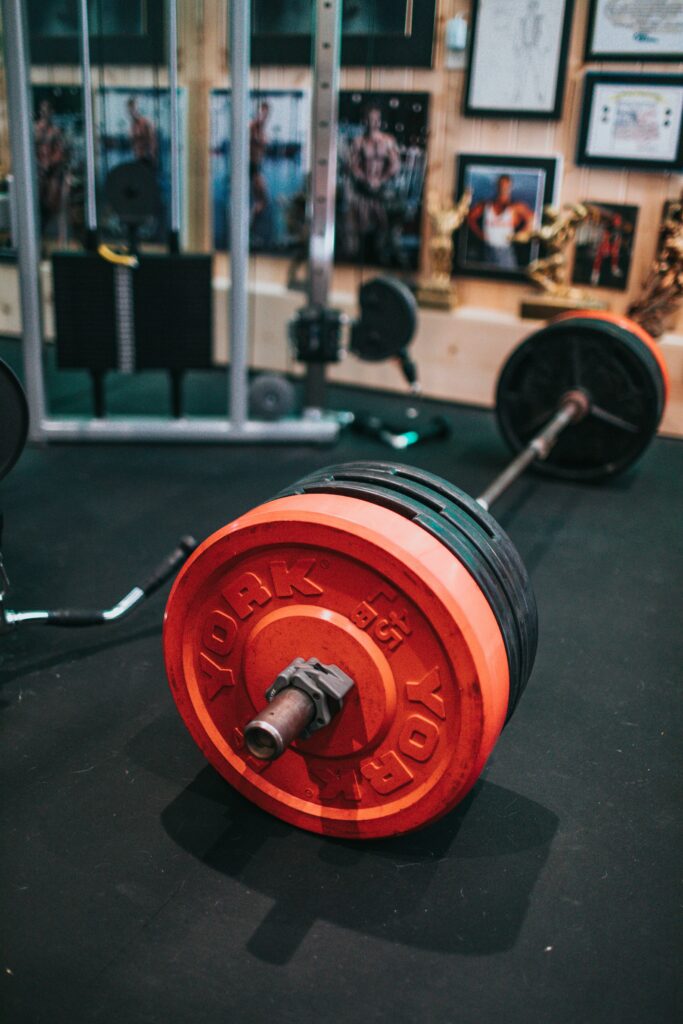For the unbeknownst, arthritis is a common condition among seniors— characterized by inflammation and pain in the joints. While it may seem counter-intuitive, staying active is crucial for managing arthritis symptoms and maintaining a healthy lifestyle. As such, regular exercise reduces pain, enhances joint function, and improves overall well-being. If you or someone you know is dealing with arthritis, here are five simple and effective exercise tips that can make a big difference.
- 1. Low-Impact Aerobic Exercises
- 2. Strength Training
- 3. Flexibility Exercises
- 4. Balance Exercises
- 5. Listen to Your Body
- Additional Tips for Seniors with Arthritis
1. Low-Impact Aerobic Exercises
Walking, swimming, and cycling are low-impact aerobic exercises that are ideal for seniors with arthritis. These exercises promote cardio health without putting too much stress on the joints. They can also help increase stamina, improve heart health, and support weight management – which can reduce the strain on joints.
Besides, low-impact aerobic exercises like walking, swimming, and cycling, helps keep the joints flexible, improves circulation, and provides resistance to strengthen muscles without putting pressure on the knees and hips.
These exercises are beneficial as they keep the joints flexible, which is crucial for maintaining mobility and reducing stiffness. They also improve blood circulation – delivering nutrients to the joints, and promote muscle strengthening without placing undue pressure on the knees and hips.

2. Strength Training
Looking for something else to do? Why not try your hand at strength-training? Crucial for building muscle mass, strength-training helps support and protect the joints. Hence, it’s important for seniors with arthritis to focus on exercises that strengthen the muscles around the affected joints like using resistance bands, lifting light weights, or using weight machines.
By building muscle mass, it provides better joint support and reduces the likelihood of injury and improving overall joint function. Strength-training also increases bone density which aids in the prevention of osteoporosis. Ultimately, it gives you stronger muscles which helps to absorb more of the stress that’s often placed on joints by reducing pain and improving mobility.
3. Flexibility Exercises
Maintaining flexibility is essential for seniors with arthritis to prevent stiffness and improve joint mobility. Stretching exercises and yoga can be particularly helpful to maintain range of motion in the joints.
Flexibility exercises also helps to reduce stiffness, improves seniors’ range of motion, allowing for greater freedom of movement, and acts as a huge stress relief. Yoga, particularly, not only improves flexibility but also promotes relaxation, and that lessens the stress that often accompanies chronic pain conditions like arthritis.

4. Balance Exercises
Improving balance is important for preventing falls – which is a common concern for seniors with arthritis. Exercises like Tai Chi and Heel-to-Toe Walk are particularly effective for improving balance and reducing stress.
Balance exercises are important because they strengthen the core muscles to provide better stability and reduce the strain in joints during movement. Exercises like Tai Chi, with its slow and controlled movements, not only improves balance but has a calming effect which can help reduce the perception of pain.

5. Listen to Your Body
It’s essential for seniors with arthritis to listen to their bodies and avoid pushing through pain. Exercise should be done at a comfortable pace, and it’s important to rest if the joints feel sore or inflamed. So, one must ensure to modify exercises to accommodate any pain or discomfort. If a particular movement causes pain – it’s advisable to stop and try a different exercise.
Who knows you best other than yourself? By listening to their bodies, seniors can prevent overexertion and injuries that could worsen their condition. Hence, it’s crucial to be ope nt modifying exercises to ensure seniors can stay active without exacerbating their arthritis symptoms, and easing their mental well-being.
Additional Tips for Seniors with Arthritis
To maximize the benefits of these exercises, here are a few additional tips:
- Warm Up and Cool Down: Always begin with a gentle warm-up to prepare the muscles and joints and end with stretches to prevent stiffness.
- Use Proper Equipment: Supportive shoes, ergonomic exercise tools, and cushioned mats can reduce joint strain.
- Hydrate and Fuel Up: Staying hydrated and consuming a balanced diet rich in anti-inflammatory foods like fish, nuts, and leafy greens can complement your exercise routine.
- Start Slow: If you’re new to exercise, begin with short, manageable sessions and gradually build up as your fitness level improves.
Final Thoughts
Ultimately, consistency is key to managing arthritis symptoms. And it’s better to engage in regular, moderate exercise than to do intense workouts sporadically.
By incorporating these exercises into their daily routine, seniors can enjoy reduced pain, improved mobility, and greater independence. If you don’t know where to start, you can always get a personal trainer to curate a workout plan for you. Stay consistent, be patient, and embrace the journey toward a healthier, more active life.



You must be logged in to post a comment.